APPLICATION
Solutions for Spectroscopy, TCSPC & Imaging
Quantum Physics - Photon Correlation
Photon correlation is a technique applied across a variety of fields; such as spectroscopy, quantum communication metrology (LiDAR, OTDR, range finding). It provides particle sizing, quantum key distribution, or signal to noise ratio enhancement respectively.
ID Quantique’s precision timing products offer a convenient way to measure correlate the arrival time of photons with a very high temporal resolution.
1. Single-photon source characterization
Purity measurement: A perfect single-photon source generates pure single photons, in other terms, a quantum state of light that only contains the single-photon Fock state component 1⟩. In the real world, none of the single-photon sources are perfect there is always a small fraction of 2 photon Fock state 2⟩ more in the quantum state.nbsp;
For this reason, it is important to characterize the photon-source by measuring its purity, in other words how much 2 photons (or more) component is contained in the state.
Hanbury Brown Twiss (HBT)1 measurement is exactly measuring this: The output of the single- photon source is sent into a beam splitter. The outputs of the beam splitter are then sent to the basic correlation setup as described below.nbsp;
Making the histogram of the detectors time difference leads to the histogram shown below:
.png)
The fact that there is almost no double detection for zero-time difference makes sense because the single-photon source is sending one photon, not more, at once. In that case, we talk about anti- correlation. The remaining counts at zero are attributed to the SPS imperfection thus decrease the purity of the source.
One can use almost the same setup to characterize the distinguishability of the SPS by doing an Hong-Ou-M el (HOM)2 experiment.
2. Photon correlation spectroscopy (PCS)
In this application, we are looking at the scattered photons light from a sample (solution or gas) that contains particles from nanometer to micrometer size. Because of the Brownian motion of those particles, we observe fluctuations in time on the arrival of the photons scattered by the sample. Small particles produce fast fluctuations while larger particles produce slow fluctuations as shown below:

From this data, one can reconstruct the autocorrelation function determine the size of the particles from the dominant fluctuation frequencies. It is essential for this application to have a very good high timing resolution to be able to measure fast fluctuations of small particles. Using any IDQ single photon detector ID900 Time Controller will lead to state-of-the-art picosecond precision photon correlation spectroscopy.
3. Photon correlation for metrology – LiDAR
Photon correlation is also used in LiDAR applications to improve signal to noise ratio. In principle, this allows LiDAR to detect obstacles even in very bad visibility conditions. Indeed, because the LiDAR is sending short bright pulses, we receive a lot of scattered photons from a hard target in a very short time window.
Scattering from fog, rain or snow lead to photons spreading out in time because those soft targets are spread out in space. Long distance LiDAR requires ability to detect few photons distinction between scattered photons from fog diffuse objects hard targets (people, animals, trees, etc). Correlation helps to achieve this.
Considering only detections of 2 or more photons (this threshold could also be 3 or more photons), one can almost annihilate contribution from the soft target, as described below:

ID Qube NIR Free-Running (900-1700 nm) |
ID Qube Gated |
|
- Free-running Gated - Low Afterpulsing Rate - Low Dark Count Rate (800 Hz)
|
- Fast Gated (up to 100 MHz) Free-running - 150 ps Timing Resolution - Low Dark Count Rate (800 Hz) |
|
ID900 Time Controller |
||
- 3 Series available : TCSPC, Master, Dleay Generator - Conditional programmable outputs - Picosecond Timing |
||
- 컴팩트하고 경제적인 모듈
- High-efficiency single-photon detection (up to 35%)
- Optimised for free-running operation
- Precise timing (<200 ps jitter, typ. <150 ps)
- Ultra-low noise (<800 Hz dark counts)
- Fast gating (up to 100 MHz and free-running)


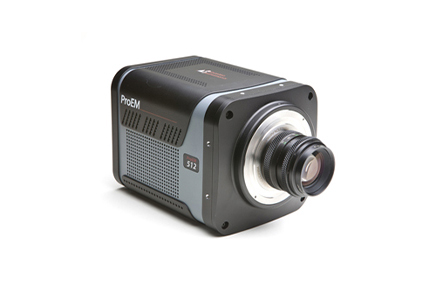


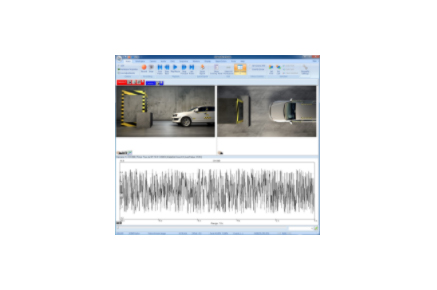
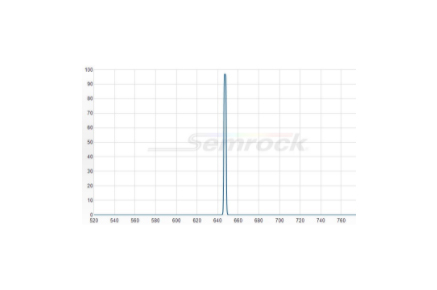
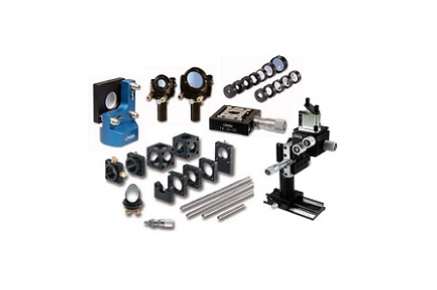
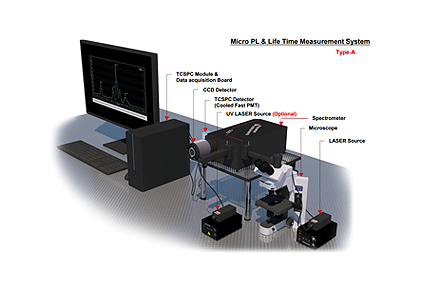
.png)

.png)

.png)

.png)
